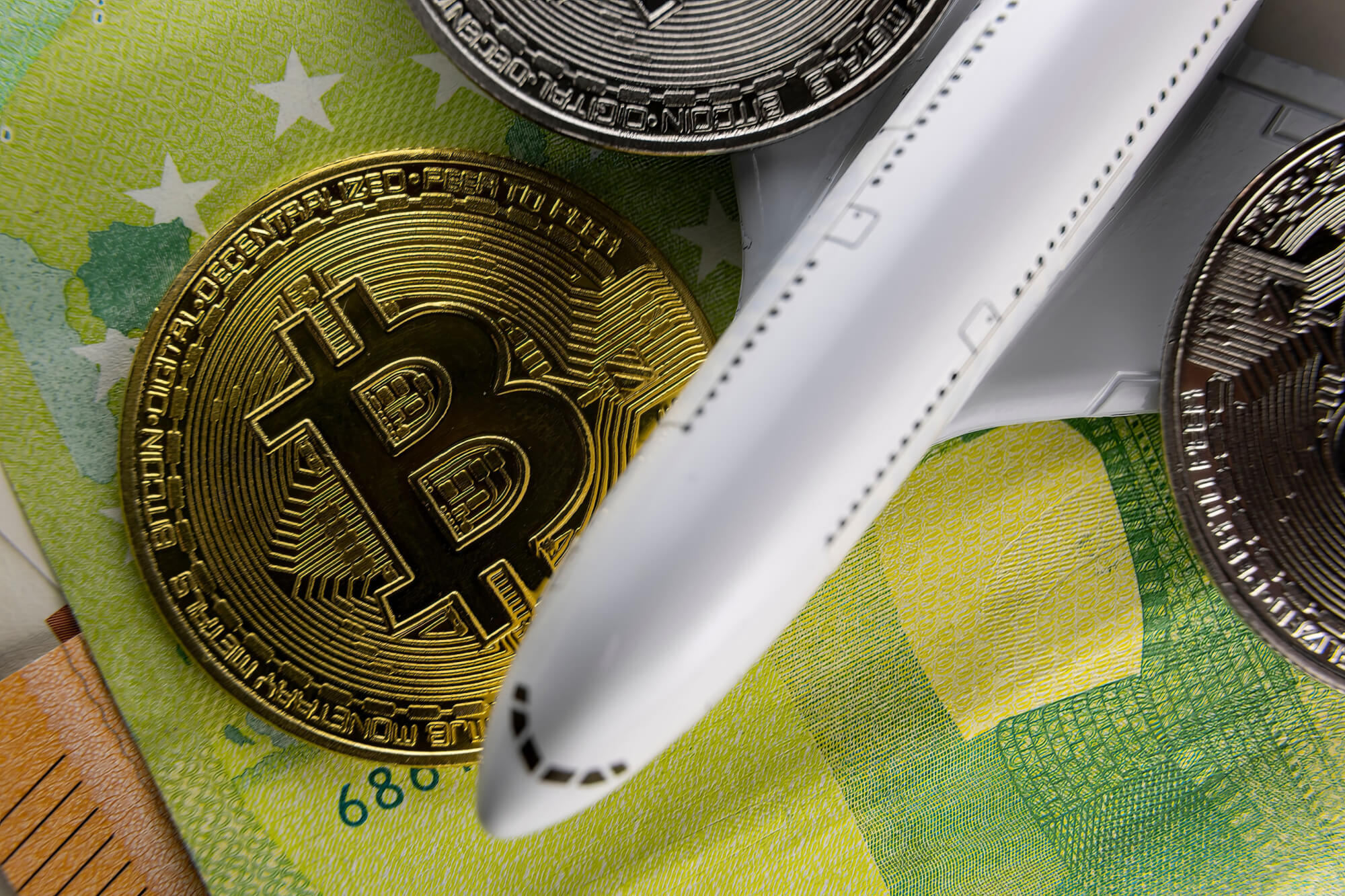Australian airline Qantas will also offer frequent flyer benefits to those buying into its NFT collection (which was announced March 2021 but hasn’t been publicly unveiled yet).
In the US, Kinectair, a startup which is building a decentralized on-demand air travel network, has made NFTs a central feature of its loyalty program, linking different tiers of benefits to the purchase of specific NFTs. And Flycoin, a startup linked to the owners of regional airline Ravn Alaska and yet-to-be-launched Northern Pacific Airways, is working on a blockchain-based loyalty program which it plans to open to multiple operators in the broader travel ecosystem.
Then, there is the, let’s say, more artsy and playful side of NFTs.
In the case of airBaltic’s Planies, since each is unique, created algorithmically through the combination of 180 pre-defined different visual traits, the expectation is that at some point there will be a collectibles market of sorts, in which specific Planies are sought after not just because of their utilitarian value, but also because of their aesthetics.
NFT technology makes it possible to also collect a creator’s fee in successive secondary market transactions. Think of it as the royalties that accrue from an artwork. In this particular case, the proceeds would go to the airline.

